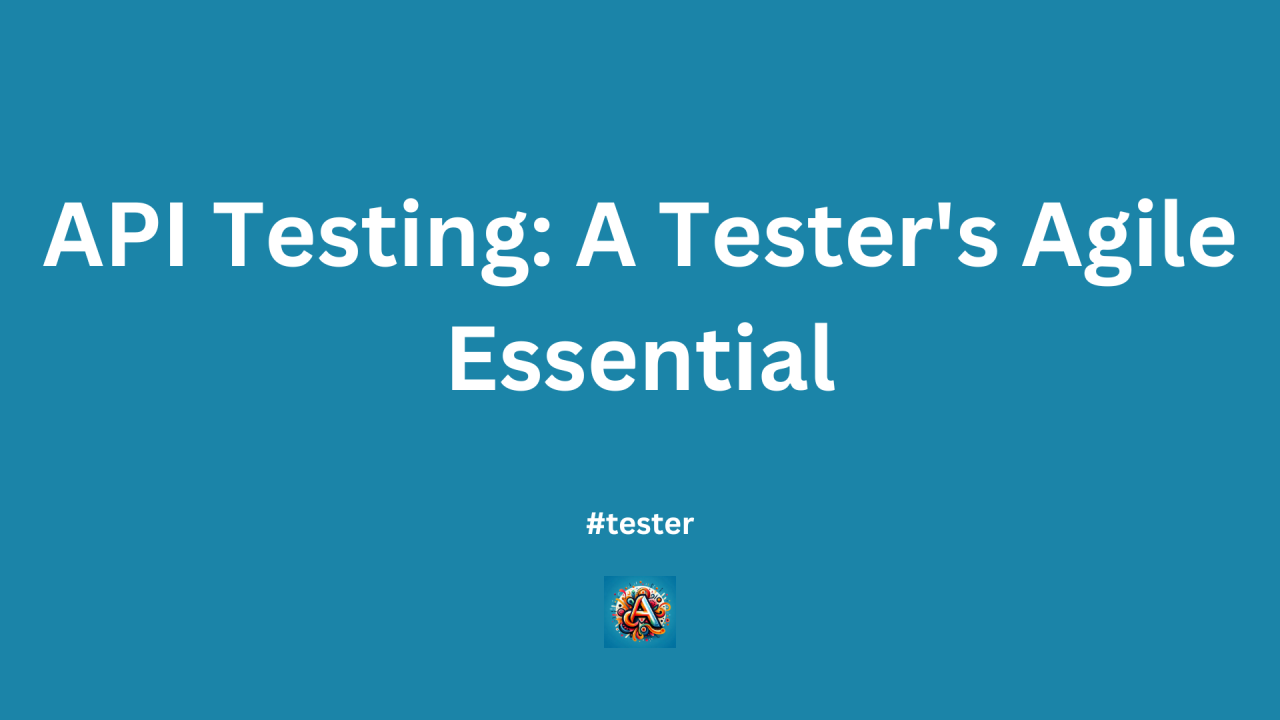Why Should a Tester Start with API Testing in an Agile Environment?
In an Agile environment, where rapid iterations and continuous integration are key, starting with API testing is a strategic approach that can significantly enhance the efficiency and effectiveness of the testing process. API (Application Programming Interface) testing focuses on validating the logic and functionality of the application at the API layer, which serves as the backbone of modern software applications. Here’s why API testing should be the starting point for testers in an Agile setting:
1. Early Detection of Defects
- Shift-Left Testing: API testing allows testers to detect defects early in the development cycle, often before the UI (User Interface) is fully developed. By shifting testing to earlier stages, teams can identify and address issues in the core logic and functionality, reducing the cost and time required to fix defects later.
- Core Functionality Validation: APIs are integral to the application’s business logic. Testing them first ensures that the core functionality works as expected, laying a solid foundation for subsequent testing phases.
2. Faster Feedback Loop
- Speed: API tests are generally faster to execute compared to UI tests because they bypass the need for user interface interactions. This speed is crucial in Agile environments, where continuous feedback and quick iterations are essential.
- Continuous Integration (CI): API tests can be easily integrated into CI pipelines, providing rapid feedback to developers. This quick feedback loop helps in maintaining the quality of the codebase and accelerates the overall development process.
3. Stability and Reliability
- Less Flakiness: Unlike UI tests, which can be affected by changes in the interface design, API tests are more stable and less prone to flakiness. This reliability ensures that test results are consistent, making it easier to identify genuine issues rather than dealing with false positives.
- Isolation from UI Changes: Since API tests are not dependent on the user interface, they remain valid even when the UI undergoes significant changes. This decoupling from the UI allows for continuous testing without interruption, regardless of ongoing UI development.
4. Comprehensive Coverage
- Broad Scope: API testing can cover a wide range of scenarios, including edge cases that might be difficult or impossible to test through the UI. By directly interacting with the API, testers can validate data flows, integrations, and business rules across different components of the application.
- Cross-Platform Validation: APIs often serve multiple clients, such as web applications, mobile apps, and third-party services. API testing ensures that all these clients interact with the backend correctly, providing comprehensive coverage across platforms.
5. Facilitates Agile Practices
- Parallel Development: In Agile environments, multiple teams often work in parallel on different parts of the application. API testing allows for independent validation of backend functionality while UI development is still in progress, enabling parallel workflows and reducing bottlenecks.
- Test-Driven Development (TDD): API testing supports TDD practices, where tests are written before the code is implemented. This approach ensures that the development is aligned with the requirements and that the API behaves as expected right from the start.
6. Easier Debugging
- Focused Testing: API tests focus on specific endpoints and functionalities, making it easier to pinpoint the source of a defect. This focused approach simplifies debugging and accelerates the resolution of issues.
- Logging and Monitoring: APIs often come with detailed logging and monitoring capabilities, providing valuable insights into the application’s behavior during testing. This information aids in diagnosing and fixing problems efficiently.
7. Scalability of Testing
- Automated and Scalable: API tests are highly suitable for automation, which is crucial in Agile environments where repetitive testing is common. Automated API tests can be scaled to run across multiple environments and configurations, ensuring comprehensive validation with minimal manual effort.
- Performance Testing: API testing can also include performance testing to evaluate how the backend handles load and stress. This scalability ensures that the application can perform well under various conditions.
8. Improved Collaboration
- Collaboration with Developers: Since API testing is closely aligned with the development of the backend, it fosters better collaboration between testers and developers. Testers can provide immediate feedback on the API’s functionality, leading to faster iterations and improved quality.
- Documentation and Clarity: API testing often involves working with API documentation, which helps clarify the expected behavior of the system. This clarity improves communication among team members and ensures that everyone is on the same page regarding the application’s functionality.
Conclusion
Starting with API testing in an Agile environment is not just a best practice—it’s a strategic move that aligns with the principles of Agile development. By focusing on API testing, testers can detect defects early, provide rapid feedback, ensure stability, and achieve comprehensive coverage.
This approach not only accelerates the development process but also ensures that the application’s core functionality is robust, scalable, and ready for the rapid pace of Agile iterations. For testers aiming to contribute effectively in an Agile setting, prioritizing API testing is a key step toward success.

SDET@ SQE Labs Inc. | Java, Selenium, Rest Assured, Jmeter, Postman, SQL |
3 周Very informative ??